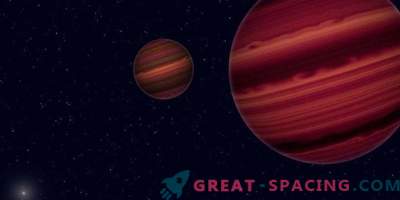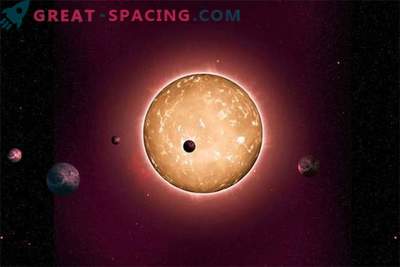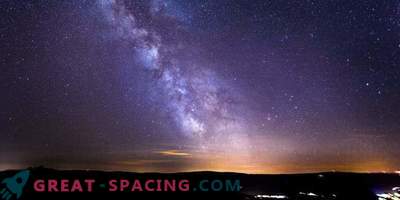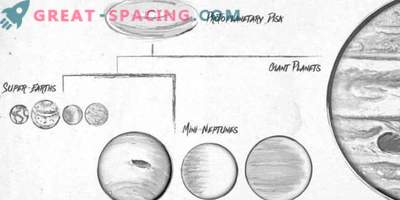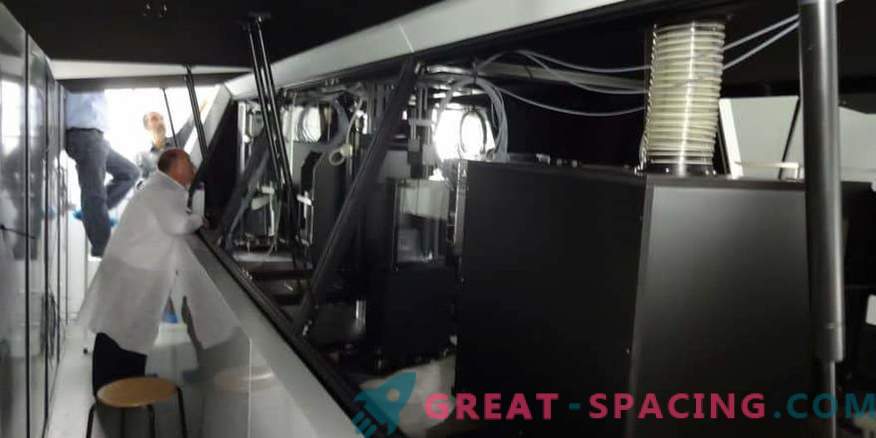
PEPSI Tool on the Large Binocular Telescope
The PEPSI tool on the Big Binocular Telescope (BBT) in Arizona published the first scientific data collection with high spectral resolution. The team presents a new spectral atlas of the Sun, 48 atlases of bright stars and a detailed analysis of the chemical values of the planetary system in the star Kepler-444, whose age reaches 10 billion years.
Spectral atlases are star prints that give an idea of almost all physical properties, such as temperature, pressure, velocity, and chemical composition. The new solar atlas for the first time proves that a night telescope device can achieve a quality comparable to a specialized solar device. All solar spectra were obtained with an unprecedented spectral resolution of l / Dl = 250000, which is comparable to 1 / 100th of the diameter of a hydrogen atom (I is the wavelength, and DI is the smallest measurable division of two wavelengths).
For our star, we preliminarily analyzed several spectral time series with 300 separate spectra per day. The data shows the already known solar 5-minute oscillations at a peak of 3 MHz with an amplitude of 47 cm / s radial velocity. The new atlas was also used to reveal the abundance of lithium on the Sun (it is the key element for nucleosynthesis in space).
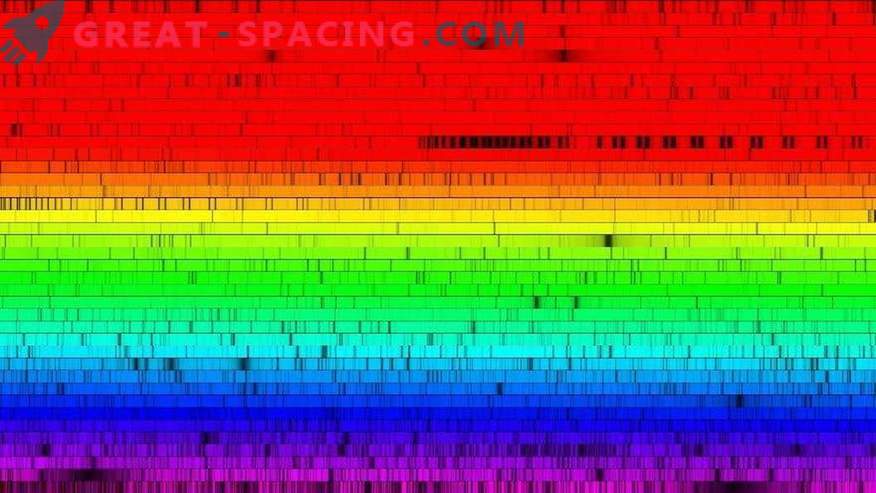
Artificially colored spectrum of a solar star of the 18Corpion type
The 48 star atlases include the Gaia stars, as well as the standard Morgan-Keenan objects. Previously, the spectra of these targets were not available. The early signal-to-noise ratio (S / N) for work on astrophysical parameters reached several hundred with a spectral resolution of up to 100,000. But PEPSI provides several thousand, and the spectral resolution is three times higher than usual indicators.
Also of interest is the Kepler-444 star, which has 5 sub-earth planets. Its age reaches 10.5 billion years. This is a metal-poor object with an unusually small amount of iron in the core of the planets (24%). For you to understand, Earth-like planets got 30% from the Sun. This means that the planets around Kepler-444 are inferior in density to Earth-like planets near larger metallic stars.



